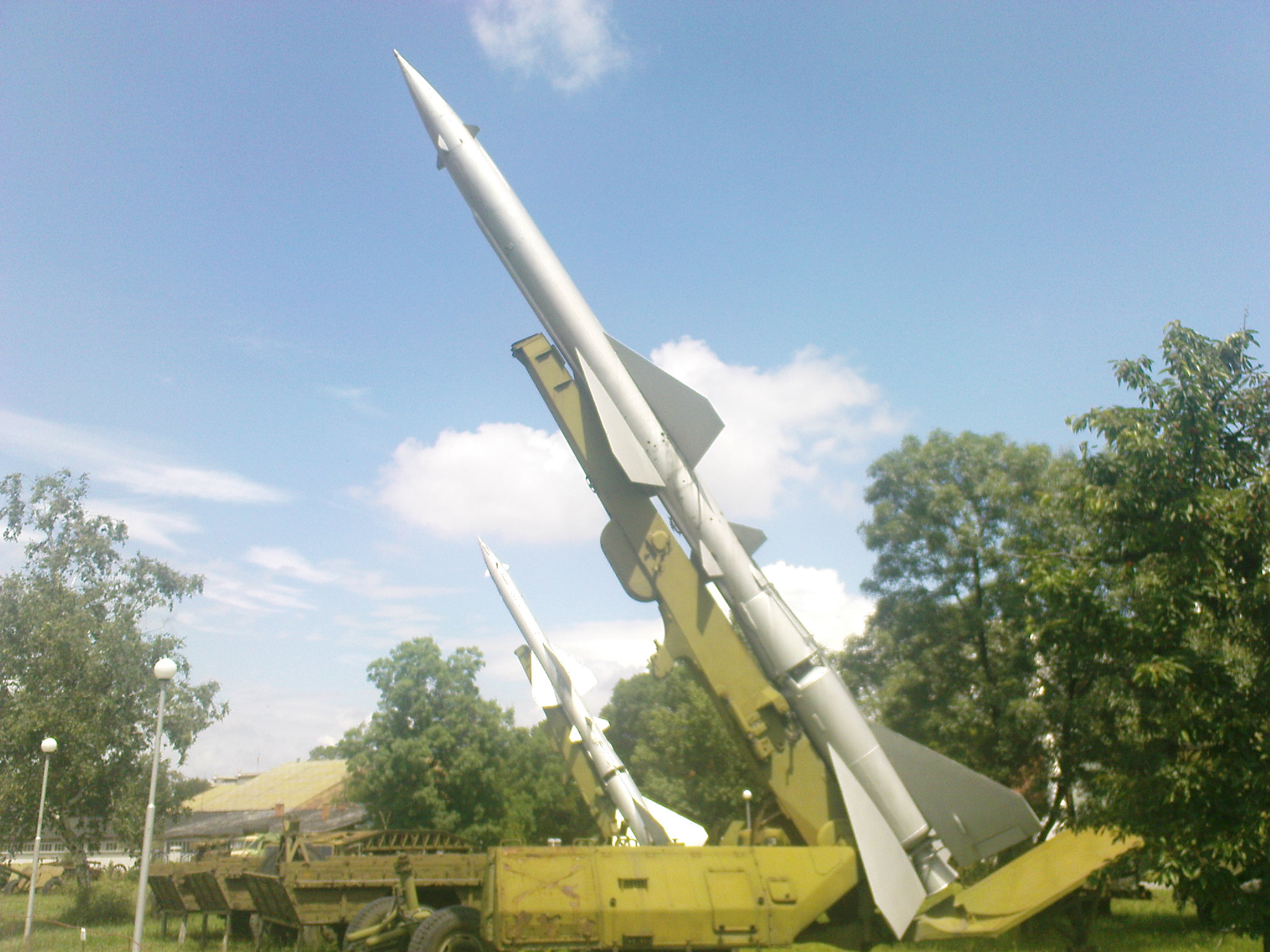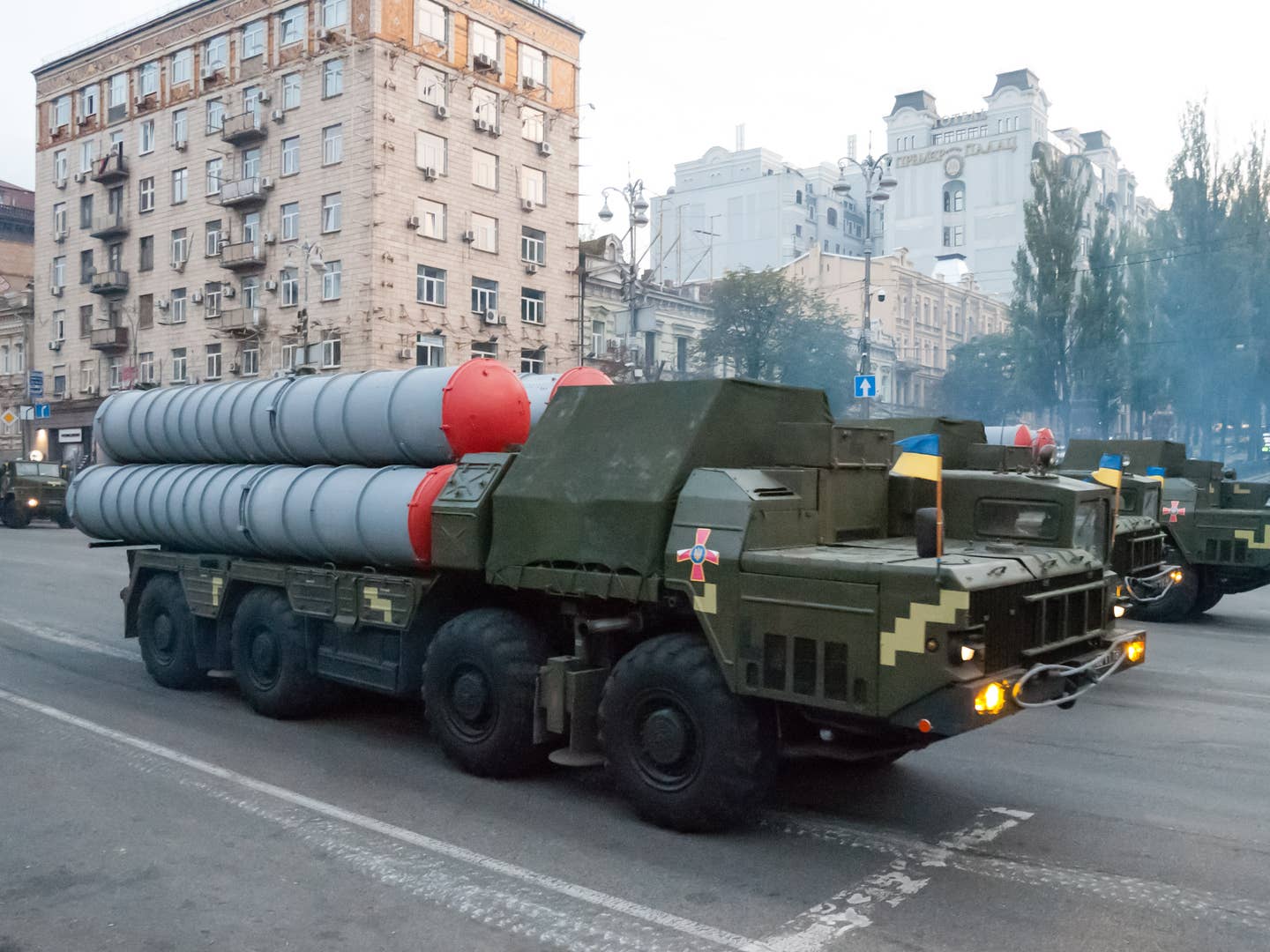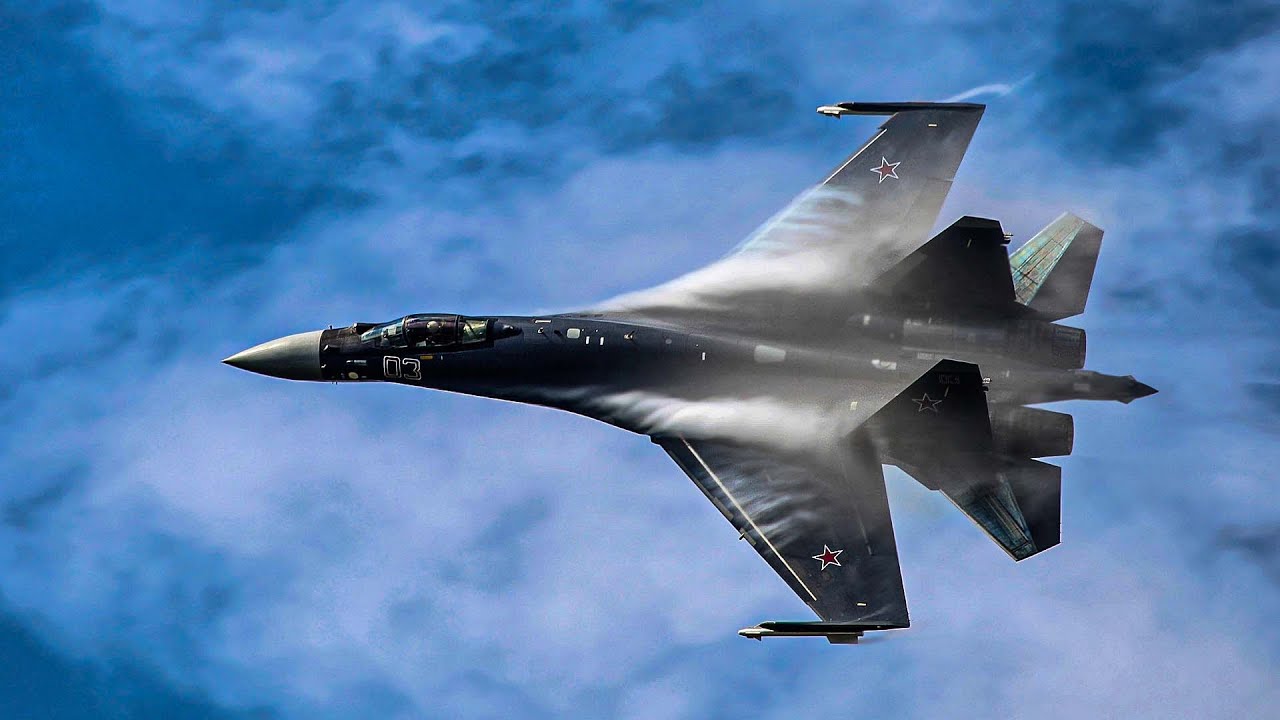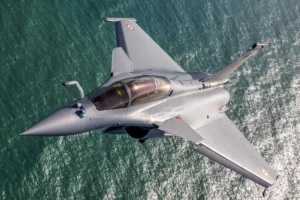Source : The EurAsian Times

Russia recently delivered another batch of ‘super lethal’ S-400 ‘Triumf’ long-range air defense system to India, according to reports by multiple media outlets.
The Russian Ambassador to India, Denis Alipov, had said last month that Russia would soon deliver the third regiment of the S-400 Triumf surface-to-air missile systems to India.
“It (third S-400 regiment) will be completed in the very near future…Both sides are committed to completing the contract, and we certainly will do that. Nothing prevents that,” Alipov said.
An unnamed senior Indian defense official reportedly told Janes on March 2 that Russia has completed the delivery of the third S-400 Triumf self-propelled surface-to-air missile (SAM) system to the Indian Air Force (IAF).
India signed a US$ 5.5 billion deal with Russia in October 2018 to acquire five S-400 systems for the IAF. The two system regiments delivered so far have already been inducted into the service of the IAF.
The first one, delivered in December 2021, has reportedly been deployed in the Punjab sector to counter threats from Pakistan. The second one, delivered in 2022, has reportedly been deployed in the Chicken Neck sector of Sikkim against China.
Alexander Mikheyev, CEO of Russia’s state-owned Rosoboronexport, told the state-owned TASS news agency that the company is on track to deliver all five S-400 regiment sets to India by the end of 2023.
The S-400 Triumf mobile, surface-to-air missile (SAM) system is Russia’s most advanced long-range defense system. It has been exported to Belarus, India, Turkey, and China, and various other countries, including Saudi Arabia and Qatar, have shown interest in acquiring them.
S-400: A History Of Lethality
The success of Russian air defense systems is mainly due to the significant investments made by the Soviet Union in ground-based air defense (GBAD) capabilities during the Cold War.
The first Soviet anti-aircraft missile system was the S-25 ‘Berkut,’ deployed into service in 1955. It could engage targets flying at supersonic speeds at altitudes of up to 20 kilometers (65,600 feet).

However, the S-25 lacked a mobile system for it to be moved and hidden to deploy a protective shield across the territory of the Soviet Union, which led to the development of the S-75 ‘Dvina.’
The S-75 was one of the most widely deployed air defense systems in history and also the one that has shot down some of the most iconic American-made aircraft.

It was first deployed in 1957 and scored its first kill by shooting down a Taiwanese Martin RB-57D Canberra over China on October 7, 1959. However, the shootdown was attributed to Chinese fighter aircraft at the time to keep the S-75 program secret.
The missile system first rose to prominence after an S-75 battery, using the newer, longer-range, higher-altitude V-750VN (13D) missile, shot down a Lockheed U-2 ‘Dragon Lady’ spy plane flown by CIA civilian pilot Francis Gary Powers on a mission to photograph top-secret Soviet sites.

The S-75 shot down another U-2 aircraft piloted by US Air Force Major Rudolf Anderson during the Cuban Missile Crisis on October 27, 1962, which almost sparked the nuclear war between the US and the Soviet Union.
Apart from that, the S-75 was extensively used in Vietnam (1966-73) and the Middle East in 1967,1970, and 1973.
The most notable use of the S-75 was during the 11-day strategic bombing campaign conducted by the US Air Force in North Vietnam in 1972, called Operation Linebacker II, which involved the use of hundreds of B-52 bombers to destroy high-value targets such as vital military installations, railway lines, energy plants, factories, etc.
The North Vietnamese troops downed fifteen B-52s, with six bombers shot down in one night. This was a massive blow to the legendary B-52 Stratofortress and the US Air Force.
In 1967, the Soviets began developing the S-300P system to replace the aging S-25 Berkut and S-75 Dvina mobile SAM systems and address the threat of long-range air-based cruise missiles. The system finally entered service in 1978.
The ongoing Russia-Ukraine is a testament to the efficacy of the S-300 system, which has been widely used by both sides and praised even by US officials for accounting for most Ukrainian shootdowns of Russian fighter jets.

The S-400, previously known as the S-300 PMU-3, was developed in the 1990s by Russia’s NPO Almaz to upgrade to the Soviet-era S-300 series. An estimated 70-80% of technology employed by the initial S-400 design was reportedly borrowed from the S-300, including missile storage containers, launchers, and radars.
Certain experts suggest that the US’s displeasure over the acquisition of the S-400 by countries like India and Turkey is rooted in the fact that S-400 has its origins in the S-75 anti-aircraft system.
In 2018, RK Simha, a New Zealand-based journalist, foreign affairs analyst, and military observer, told Sputnik that “the S-400 is a development of the S-75 missile that famously shot down the American U-2 spy plane over Russia in 1960,” which is one of the reasons why Washington wanted to blow a fuse over the deal between Russia and India for sale of S-400 system.
The S-400 has an operational range of up to 400 kilometers and the surveillance range of up to 600 kilometers. It can engage targets up to an altitude of 30 kilometers flying at a speed of 17,000 kilometers per hour or around 13 Mach – 13 times the speed of sound – making it a genuinely lethal air defense system.
S-400’s Counter-Stealth Capability
The S-400 is also touted by Russia as an effective counter-stealth weapon, based on which experts suggest that the proliferation of S-400 systems could make it difficult for American F-35 fifth-generation stealth fighters to operate.
The counter stealth claims related to S-400 are primarily centered around the system’s acquisition radar called the AESA 1L119 NEBO SVU, which operates in the Very High Frequency (VHF) band.

As EurAsian Times has discussed earlier, Russian-made VHF (Very High Frequency) radars pose a significant threat to stealth or very-low observable (VLO) targets such as American-made F-35 aircraft.
The VHF band radars typically operate between one- and three-meter wavelengths. Electromagnetic radiation is known to scatter from bodies smaller than their wavelength. This phenomenon is called Rayleigh scattering.
The critics of the F-35 point out that the aircraft’s nose, inlets nozzle, and junctions between fuselage, wings, and stabs will present as Raleigh regime scattering centers, as they are smaller than the two-meter band favored by Russian VHF radar designers.

However, due to their relatively long wavelength, the VHF radars usually lack sufficient accuracy to guide a missile to a target. The Russian designers aim to provide enough accuracy in a VHF radar to indicate the general vicinity of low RCS targets.
Therefore, the VHF-band NEBO SVU can cue the radar onboard the warplanes used for interception, such as the Su-35’s Irbis-E radar, enabling a narrower search and, thus, a longer detection range.

From the operational point of view, the idea is to deploy VHF band radars in numbers sufficient to deny US stealth aircraft opportunities to surprise the defenders.
A Su-35 equipped with an Irbis-E radar should be able to detect an F-35 with an estimated RCS of 0.01 m² at a range of 48 kilometers and track it at 30 kilometers, according to electronics engineer and Hellenic Air Force Colonel Konstantinos Zikidis.
Whereas the NEBO SVU can detect an F-35 at approximately 152 kilometers, a significant distance for Su-35 to begin its cued search.
Until the U-2 spy plane flown by Francis Gary Powers was shot down by an S-75 battery in 1960, the Americans used to fly over Soviet Territory with impunity because of the U-2’s ability to cruise altitude of 20,000 meters, which was beyond the reach of the Soviet air defense systems.
The incident caused the US a vast public embarrassment and upset a high-stake diplomatic meeting between then-US President Dwight D Eisenhower and Soviet Premier Nikita Khrushchev.
Likewise, even the new S-400 air defense system counters the F-35’s stealth capability, potentially preventing the American fifth-generation strike aircraft from flying with complete impunity.








